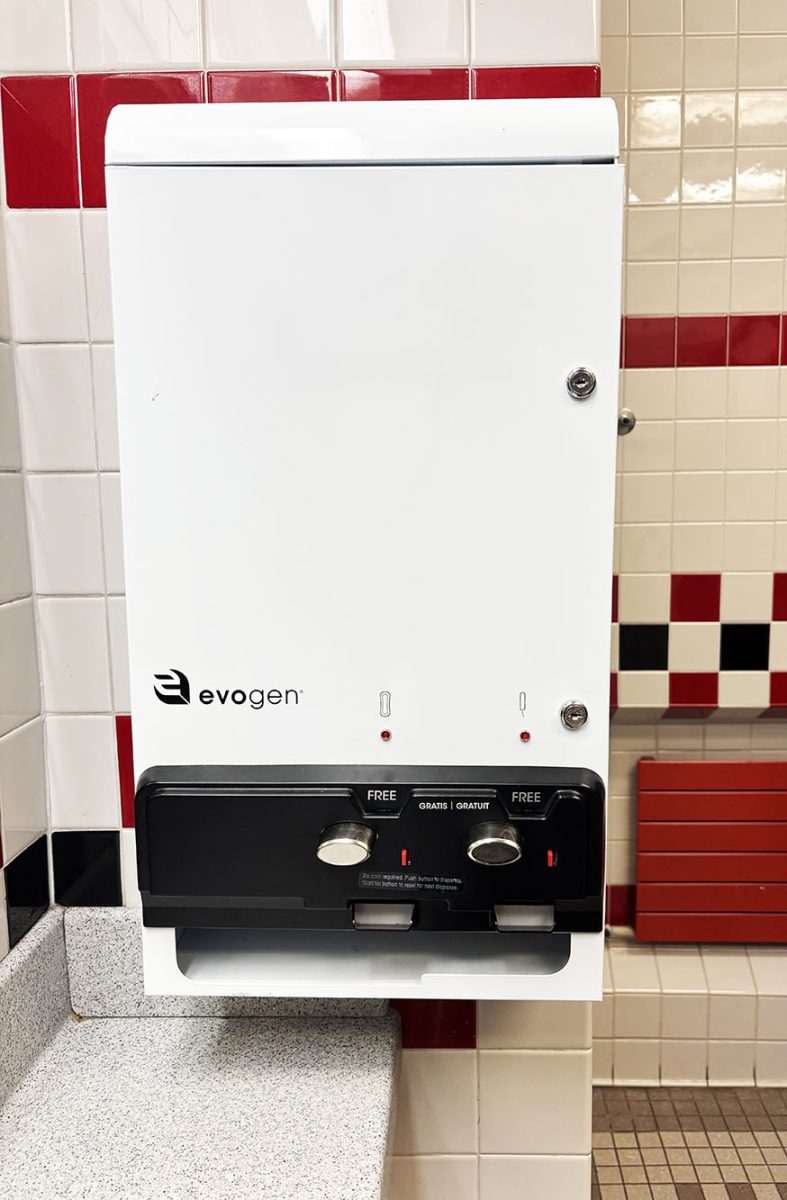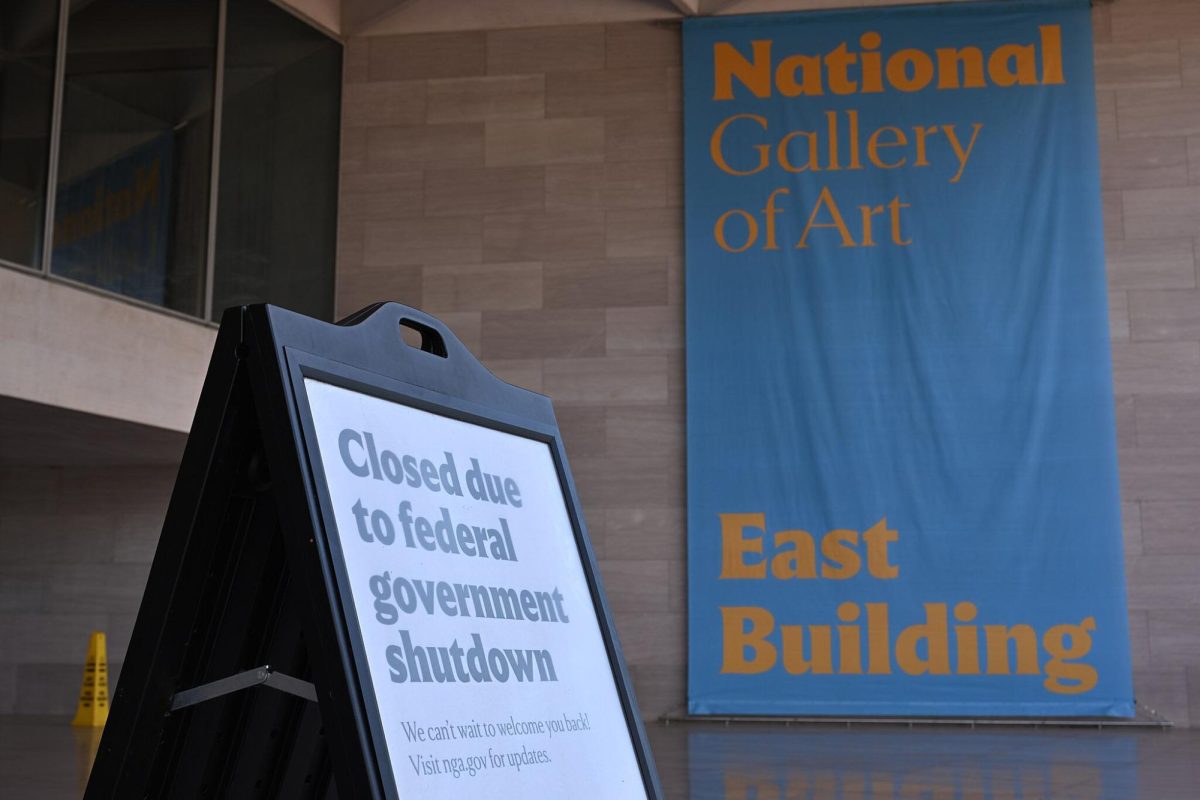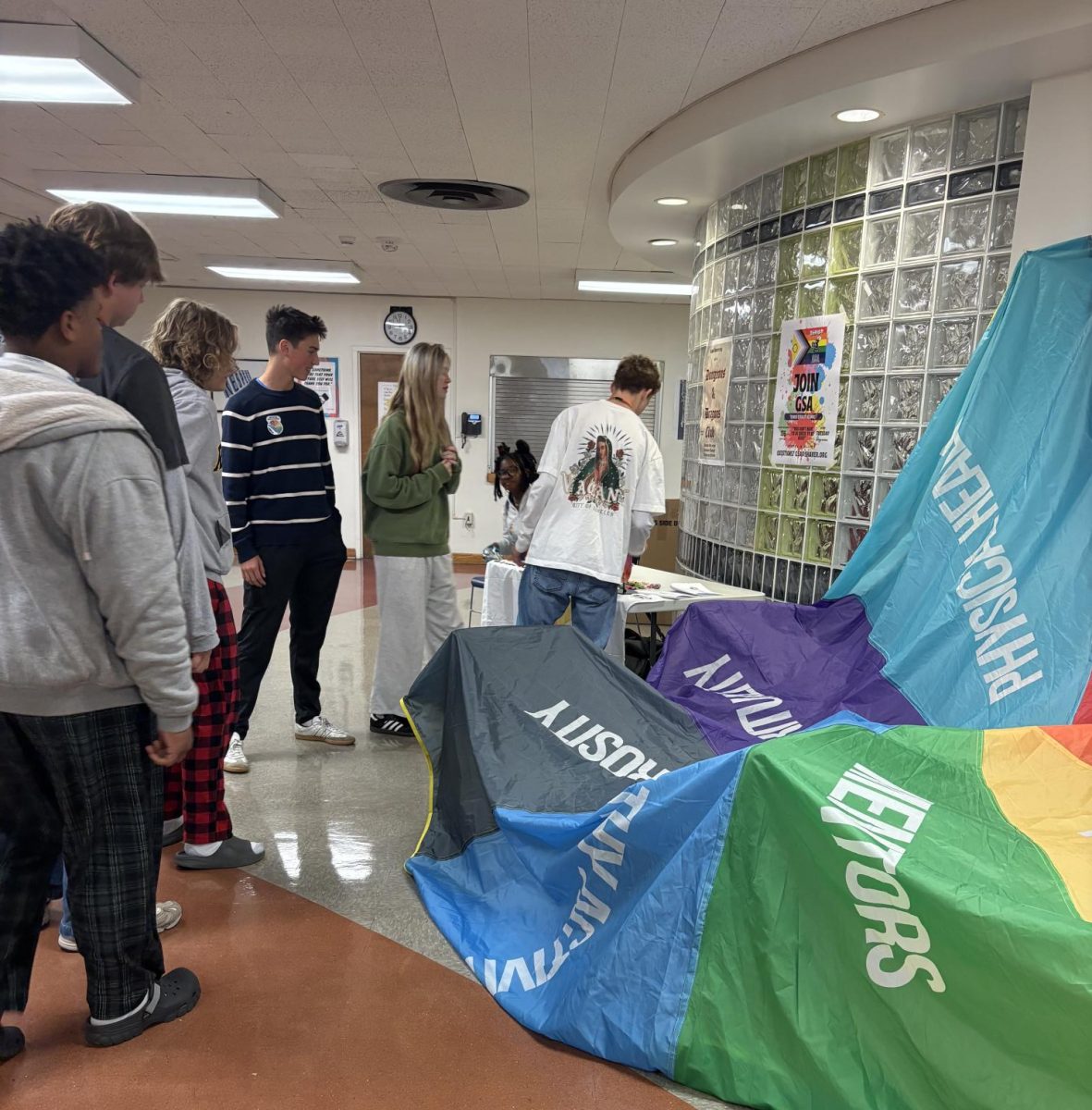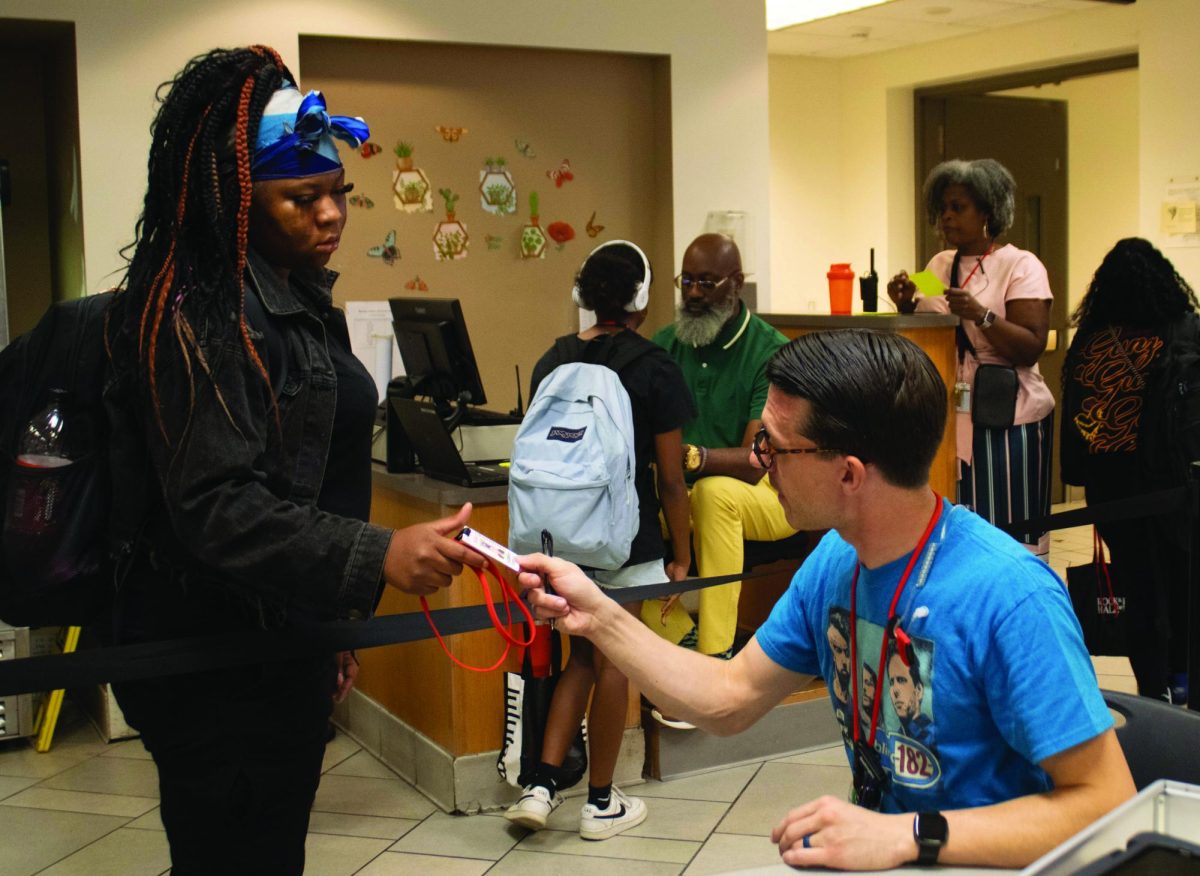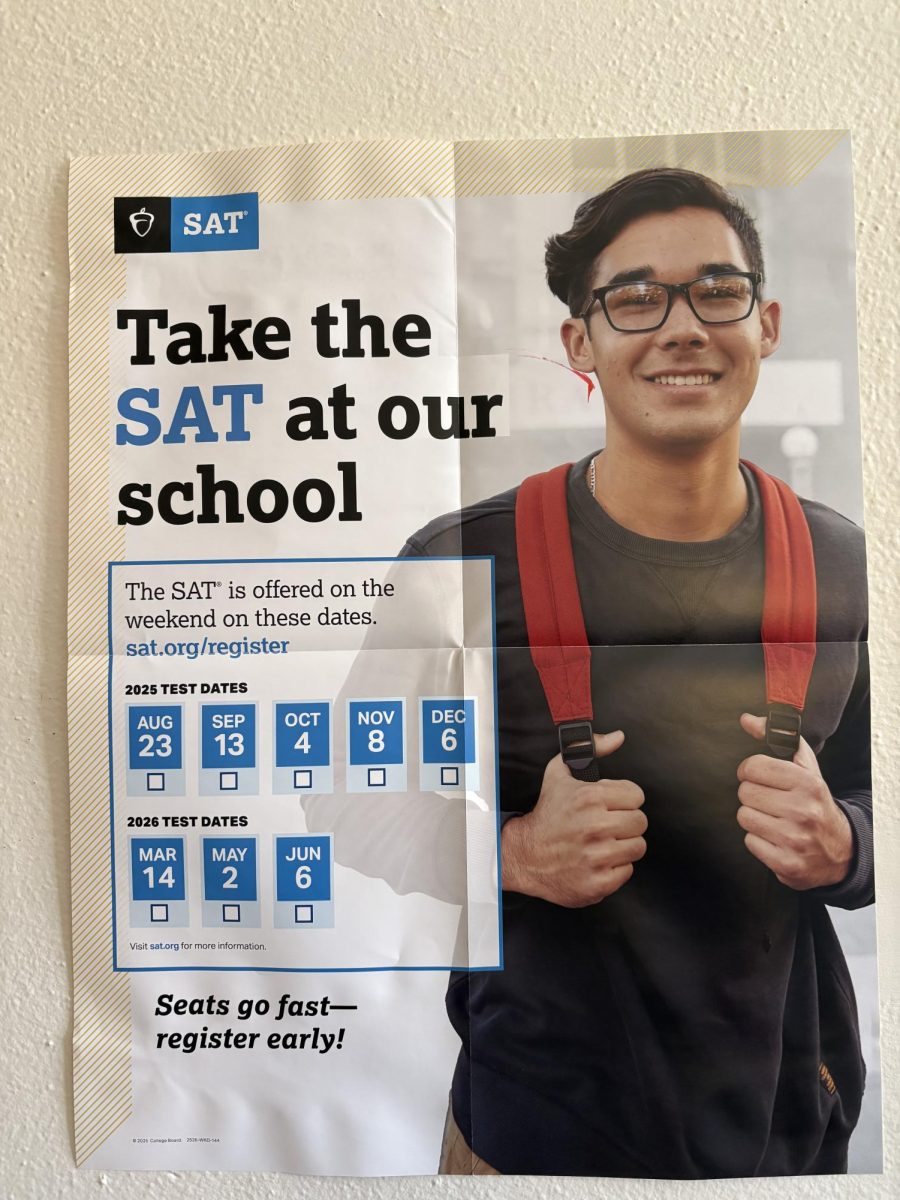Flinging open the front door, you walk through the kitchen and shrug off your backpack. It’s crammed so tightly with notebooks and textbooks that it hardly zips anymore. Grateful to have the heavy load off your shoulders, you roll your neck and stretch your back, feeling the same familiar soreness that comes at the end of each school day.
You’re not alone. Heavy backpacks plague high school and elementary students nationwide. The backpacks’ weight stems from the ever-increasing size of textbooks and the deluge of homework teachers assign their students. Piles of worksheets build up in backpacks, which students lug back and forth daily. A New York Times story about carrying such a heavy load cited “stress fractures in the back, inflammation of growth cartilage, back and neck strain and nerve damage in the neck and shoulders.”
“I’ve worked here for 12 years and it’s always been a problem,” said Shaker nurse Paula Damm of the heavy backpacks. “I’ve told kids to use their lockers . . . but a lot of times kids just carry all their books because their lockers are too far. It looks like they’re climbing Mt. Everest!”
Carrying such heavy backpacks can be particularly detrimental to students with scoliosis, the abnormal curvature of the spine. While heavy backpacks do not cause this condition, Damm explained that they can worsen the pain that comes with it. “I’ve told kids to get rolling backpacks,” said Damm. She also recommends students clasp their backpack’s straps around their waists to redistribute the weight.
Sophomore Sarah Marek has scoliosis, which causes her back pain. “I don’t think it gives me problems directly related to scoliosis other than having to carry my textbooks in my arms instead of my bag.”
Physicians nationally and internationally recommend students not carry backpacks that exceed 10 to 15 percent of the wearer’s body weight. Upon weighing my backpack, I discovered that it was 4 pounds heavier than the healthy amount.
Dr. Betsy Feighan, a pediatrician at University Hospitals, explained the effect that regularly carrying a backpack can have on a spine. “It distorts the normal curvature of the back,” said Feighan. “Our spines have a normal inward curvature. Carrying a backpack can change that curve and cause muscle strain.”
Feighan added that posture and balance can be affected. “If you have a heavy backpack, you need to lean forward to compensate for it. This messes with balance and spine curvature.” Like Damm, Feighan has had patients with scoliosis and urged them to use rolling backpacks or waist straps to ease their loads. Another suggestion Feighan offered was to always carry a backpack on both shoulders. “Theoretically, if your curve was the same way and you were wearing your backpack on one shoulder, it could be detrimental,” said Feighan.
So how can this issue be solved? The first step is to reduce the amount of homework assigned so students lug less weight home. Shaker already has a system in place, flex night, which assigns each subject one homework-free night a week. Test days are also specified by department. However, many teachers don’t stick to flex night or assigned test dates.
“While some of my teachers follow flex night strictly, a bunch of them will disregard it or move it to another day, but that’s not the point,” freshman Colleen Bradley said. “It’s supposed to spread homework out and relieve stress.” Bradley estimates that two of her six teachers actually follow flex night.
Another way to avoid overloading backpacks may be the move toward electronic textbooks. Putting textbooks on tablets or the Internet would make them mobile and weightless. President Barack Obama has expressed his goal for American schools to rely almost completely on e-textbooks by 2017. Converting school materials to electronic sources would save paper and lighten loads. However, new problems arise when students carry expensive technology to and from school, making them a target for theft.
Until recently, the Cleveland Heights school district issued iPads to its students to take home and use for academic purposes. However, after a student walking home from middle school was threatened and the iPad stolen, the district decided to keep the iPads at school overnight. As a district neighboring Cleveland Heights, Shaker could run into the same issues if iPads or other electronics were issued to students.
Until a clear solution to this weighty problem arises, it appears that students will have no choice but to continue to “climb Mt. Everest” on their daily walks through the halls.

